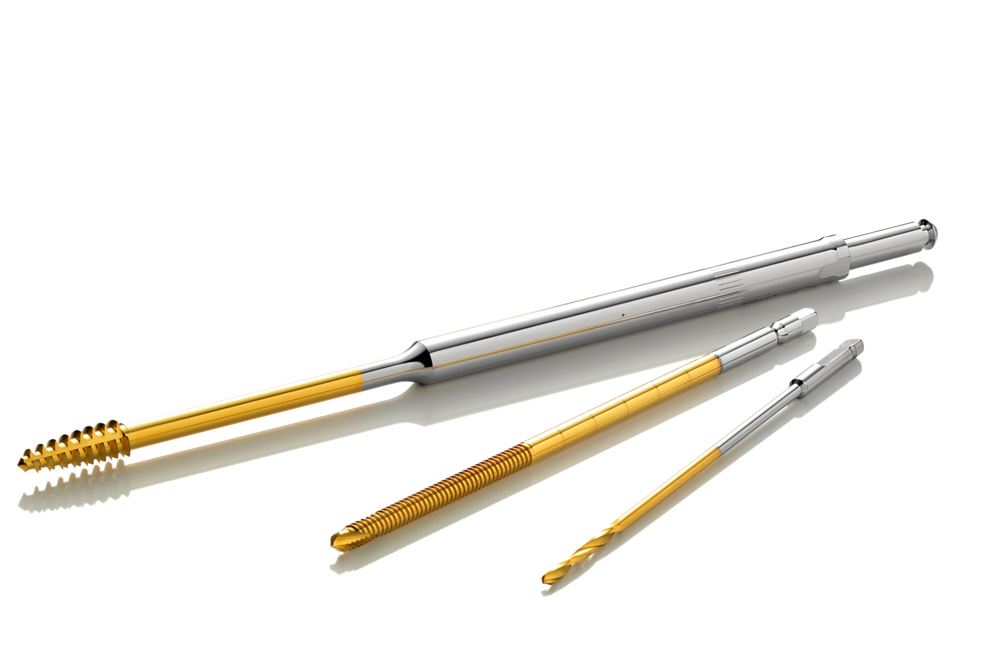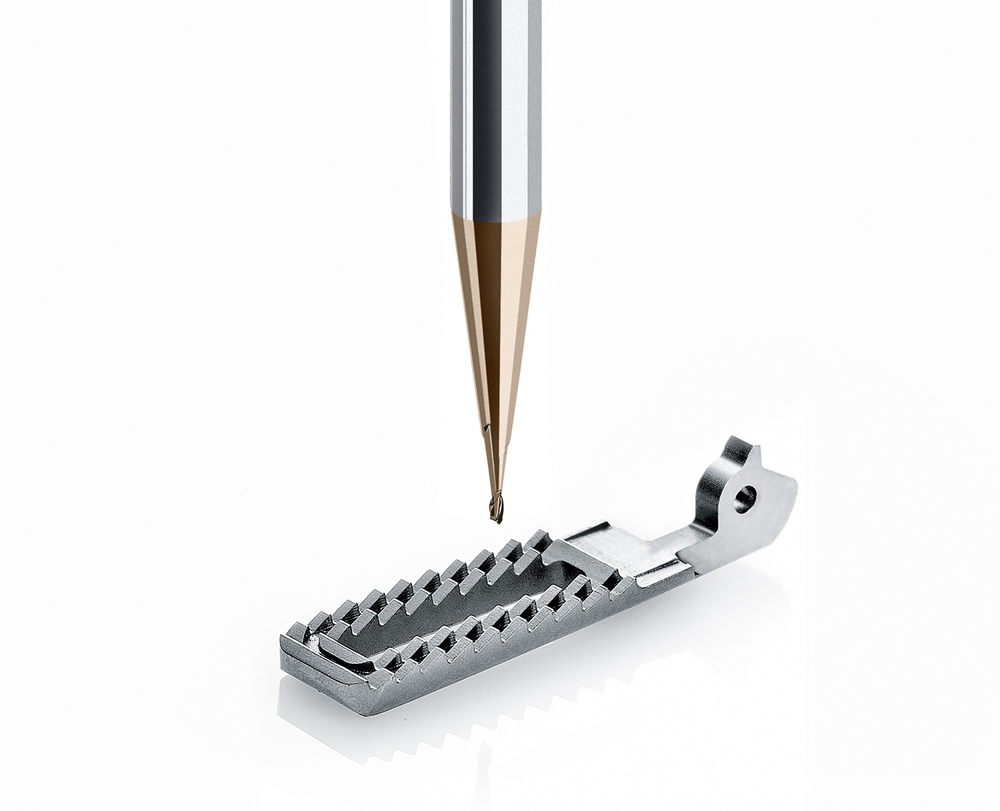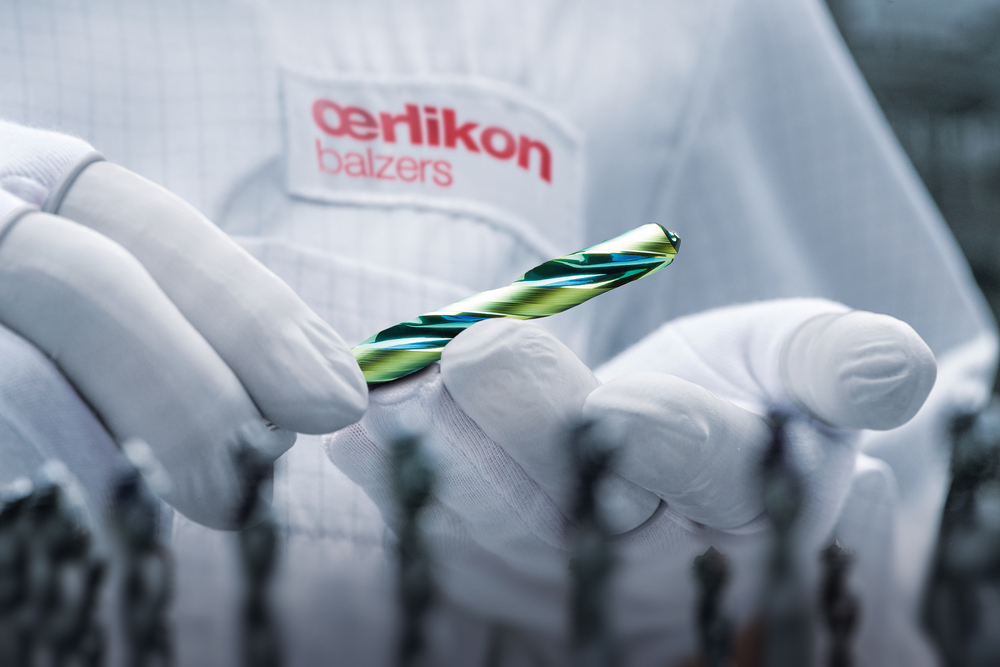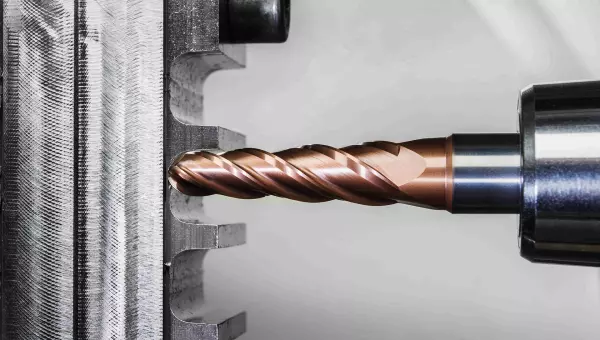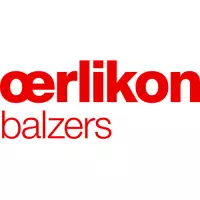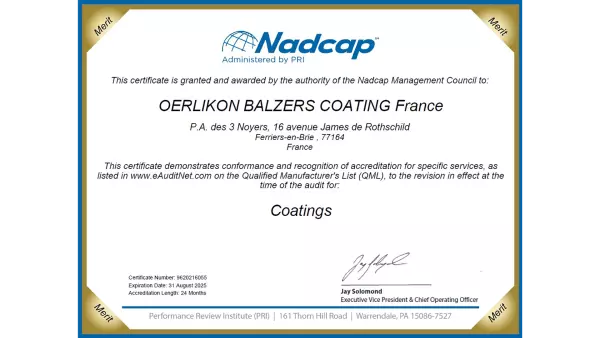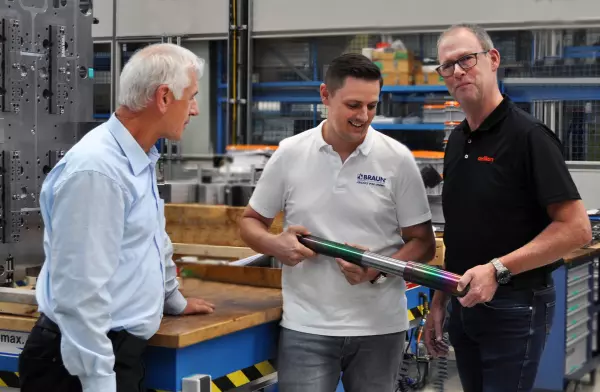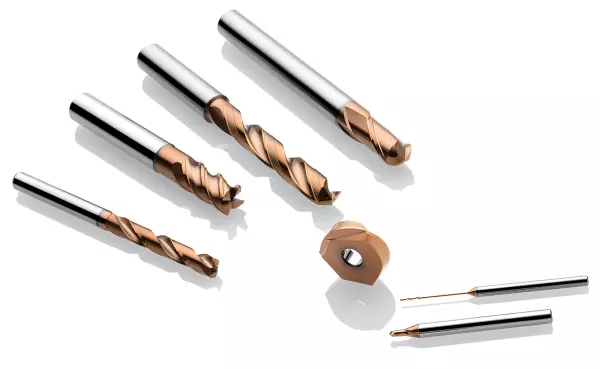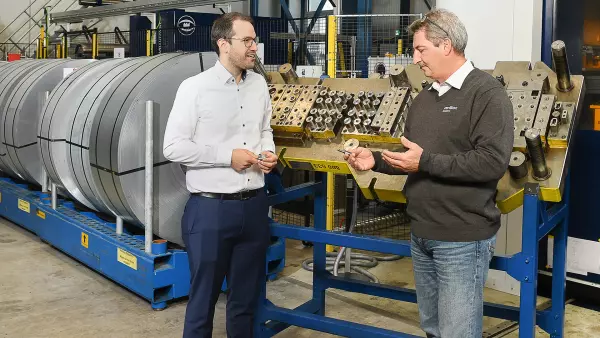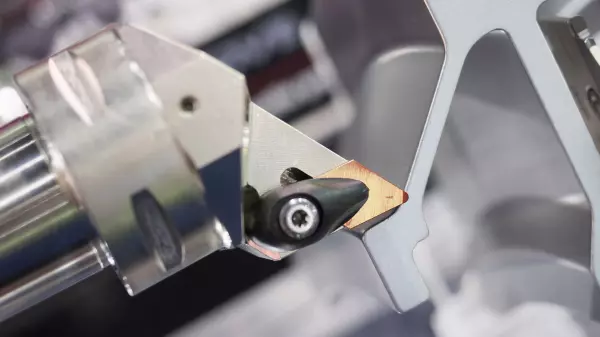Bingen, April 26, 2022 – In tool management 4.0, the ideal solution is to use data matrix code (DMC) marking and CV data linked via the cloud that can be called up in a targeted manner. This opens the door to digital identification and traceability of the entire tool life, to the advantages of exact tool circulation planning with an exact number of regrinds, safer and linked processes, significant savings in working hours through to completely paperless production. Offer with "Tool ID".
In the foreseeable future, every precision tool will carry a data matrix code because end users of the tools demand it, because it is prescribed for reasons of traceability - and because there are almost endless opportunities in it. Oerlikon Balzers has been of this opinion for a long time. The surface specialist therefore initiated the development of a digital tool management system three years ago. The technical core of "Tool ID" is based on a laser system for DMC marking, a stationary scanner unit developed in-house and a powerful open cloud application from the IT partner c-Com. But there is also great progress and potential in the complex, individual workflow concepts, including the networking of the entire production chain.
This can be seen, for example, with the pilot customer Brinkmann Schleiftechnik, who has been using Tool ID since the end of 2000 and has thus been able to visibly increase transparency and efficiency in the now digitized, partly automated order processing and reduce the effort. "In practice, it has been shown that customers can save 30 percent of the work involved in incoming and outgoing goods with our solution," summarizes Rico Fritzsche, who, as the Machining Segment Manager at Oerlikon Balzers, is responsible for the further development of Tool ID. Not the only potential that lies in a digital tool management system: Order, life cycle and application data can be linked to the cloud via DMC and can be called up permanently. Service life, grinding processes and machining parameters can be recorded, analyzed and optimized over the life of the tool. End users can record their tool circulation exactly according to usage cycles and thus plan repeat orders better and save costs. Machines can also be connected and set-up times minimized. With this paperless production tool mix-ups or manual recording errors are almost impossible.
DMC Mark: 99 percent pass rate
To ensure that such visions also pay off in hard cash, Oerlikon Balzers has built up a great deal of know-how over the past three years. The laser marking system follows the VDMA standard 34193 for the serialization/marking of tools and tool clamping devices. The output parameters were configured based on many thousands of tests. This is how a DMC marking was created that takes into account a wide variety of influences and is as easy to read as possible. In the past 12 months alone, around 40,000 tools have been marked and put into circulation - the recognition rate is over 99 percent.
The surface specialist developed and patented the stationary scanner unit itself. In contrast to comparable market products, it does not take seconds, but only fractions of a second for a scan. It thus achieves the high speed required for bulk data acquisition.
"We currently do not see any comparable complete solution in the tool scene, but we also offer a lot of know-how in processing and the inclusion of our customer and ordering platform myBalzers. We estimate a project time of six to nine months for the introduction. A customer would have to build up his own experience on his own, it would take significantly more time to reach our standard, which allows a very high degree of individualization," summarizes Rico Fritzsche.
To the original article

